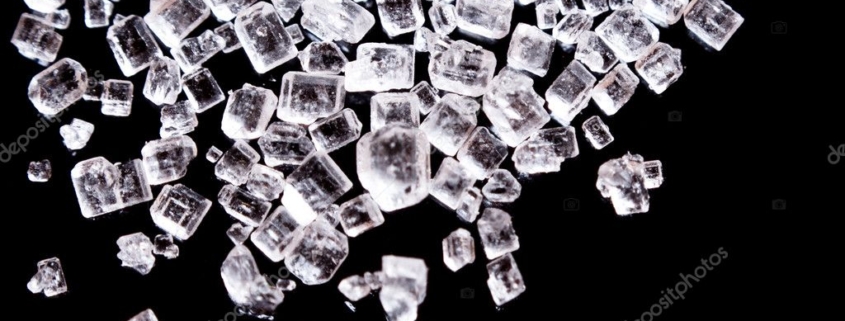Salt A to Z
Algae
Seaweed salt is a delicacy hand-harvested in the estuaries of the great
French rivers as they flow into the sea in Brittany. While Fleur de
sel, which is produced in the Camargue, is the caviar of the salt world.
Bible
The origins of salt date back thousands of years; it is mentioned in
the Bible in connection with Lot’s wife who was transformed into a salt
statue because she turned to look at the city of Sodom.
Champagne
A little tip to keep your champagne well chilled for longer: add a few spoonfuls of coarse salt to the ice in the bucket.
Deposits
Apart from sea salt, which is produced in salt pans, salt is extracted
from mines: the oldest ones are in Eastern Europe, but they are to be
found throughout the continent as well as in Pakistan, USA and Canada.
Edible
Table salt must be used sparingly: it is poisonous when
consumed in large quantities, so much so that in China it used to be a
way of committing suicide.
Flavoured
Fine or coarse, salt is available as a pure product or aromatized with
the addition of spices and flowers, as well as being smoked to give a
more robust flavour to food.
Goderich
Goderich in Ontario boasts the largest underground salt mine in the world; it extends for 5 kilometres beneath Lake Huron.
Himalaya
One of the most precious varieties in the world is the pink rock salt
to be found in the Himalayan mountains. It is said to be the purest in
the world and the only type of salt to contain 84 minerals and trace
elements.
India
The exquisite black Indian salt (kala namak) comes from volcanic rocks.
It is used extensively in masala dishes and is often sprinkled on
fruit.
Japanese theatres
In Japanese theatres, it used to be customary, before each performance to throw salt on the stage to drive evil spirits away.
Kiln
To make perfect fish baked in a salt crust, it must be covered
with a layer of at least 1.5 centimetres to form a sort of kiln around
the food.
Light
In the kitchen, baking food in a salt crust is considered to be an extremely light and tasty cooking method.
Millenary
Salt is thought to have existed before any form of primitive track:
animals used to lick the salty earth and create trails which, down
through the centuries, became the roads of today.
NaCl
Salt is a chemical compound – sodium chloride, and NaCl is the chemical formula by which it is universally known.
Ounces
The human body contains from 4 to 6 ounces of salt; its function is to
control blood volume, as well as regulating digestion and nerve fibres.
Pay
The word “salary” still exists today; it derives from the fact that
ancient Romans were paid in salt provisions instead of money.
Quotes
There are a great many quotations regarding salt. “Believe no man
unless you have eaten salt with him”, the ancient Greeks used to say.
“The cure for anything is salt water – sweat, tears, or the sea”, wrote
Karen Blixen.
Restaurant ban
In 2010 in New York, a draft bill caused quite a stir: a one thousand
dollar fine payable by any restaurant adding salt to its dishes.
Salt road
Ever since the bronze age, salt roads have developed, ancient trails
which used to be used for carrying salt and are now a tourist
attraction. For instance, the famous via Salaria runs from Rome.
Tequila and the others
Salt and cocktails are a common combo: for example, tequila is drunk
neat after a taste of salt and lemon, while salt decorates the edge of a
glass used for serving margarita.
Unlucky
Dropping salt is believed to bring bad luck because, in
ancient times, it was as precious as gold. To drive away the evil eye,
however, a pinch of salt is thrown over the shoulder Visitors The little
island of Laeso, Denmark, with less than two thousand inhabitants, is
visited by 60,000 tourists each year who arrive just to see where its
salt comes from, the most expensive in the world.
Wood
Salt pan workers collect salt with small wooden shovels, which they use
to form little cones of grains. Later, a machine passes by to collect
the little heaps.
X-numbers of use
Precious and eclectic, salt is used in an infinite number of ways: those trying to count them have exceeded 14,000….
Yu
As early as 2200 BC, the Chinese emperor Yu tried to tax salt: from
then on, the struggle to control it has led to retaliations, such as
Gandhi’s salt march against the English tax.
Zero salt
Be careful not to use too much salt: nutritionists recommend a maximum
quantity of 6 grams per day, while many natural products, such as fruit
and cereals, do not contain as much as a milligram.


 NO
NO no
no